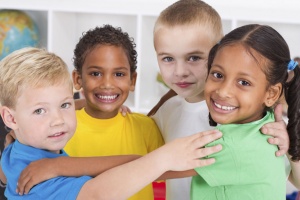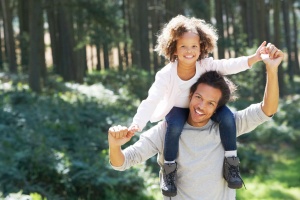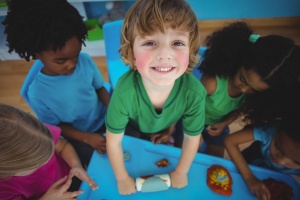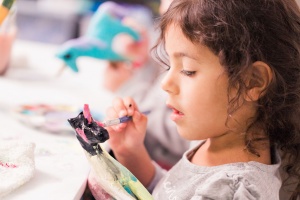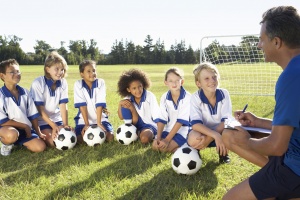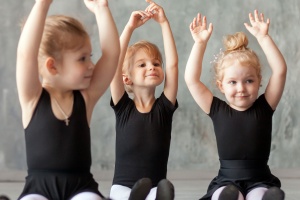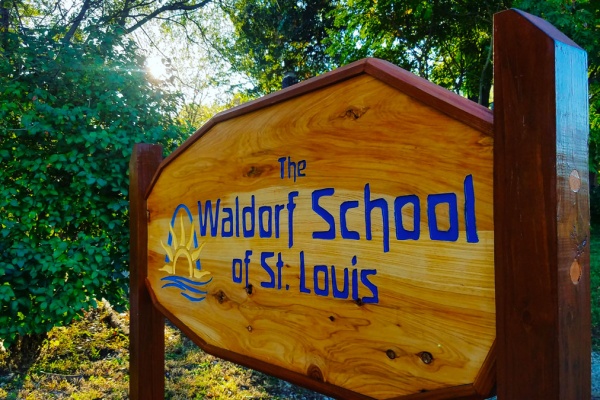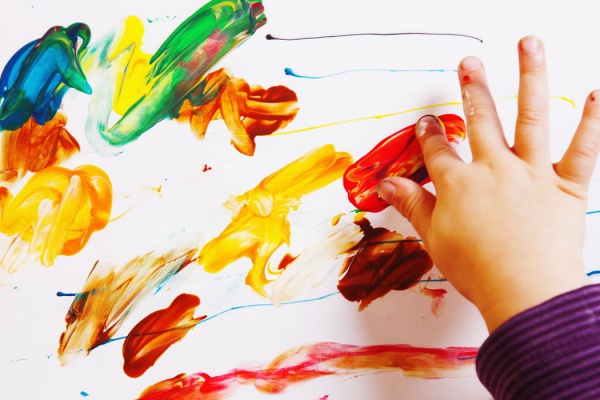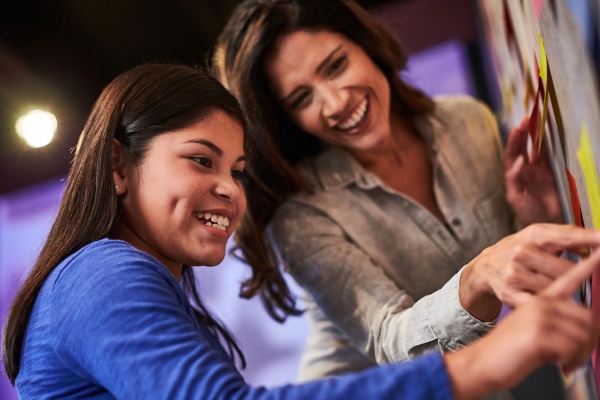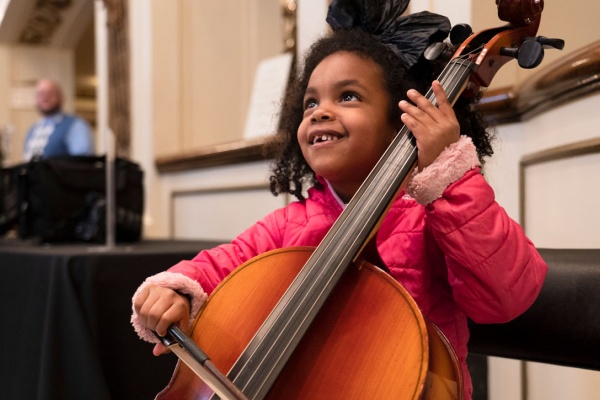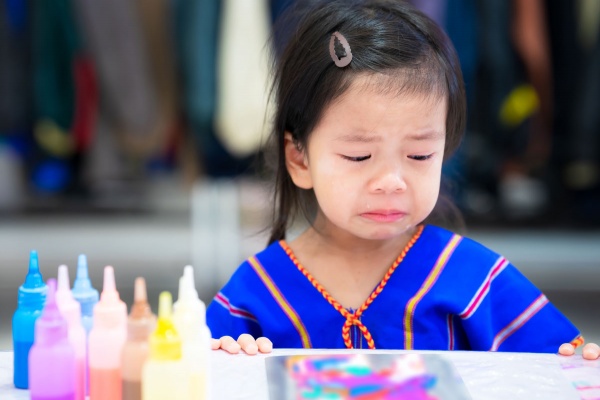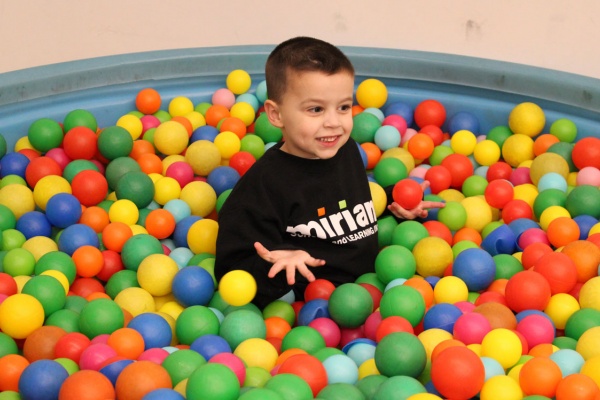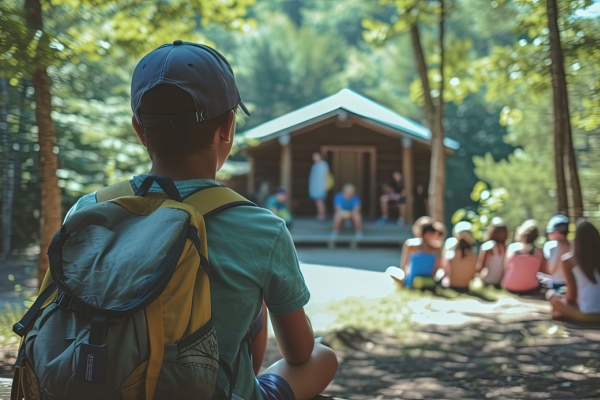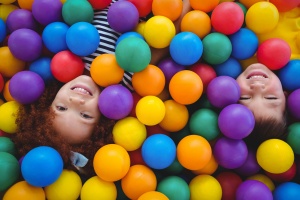
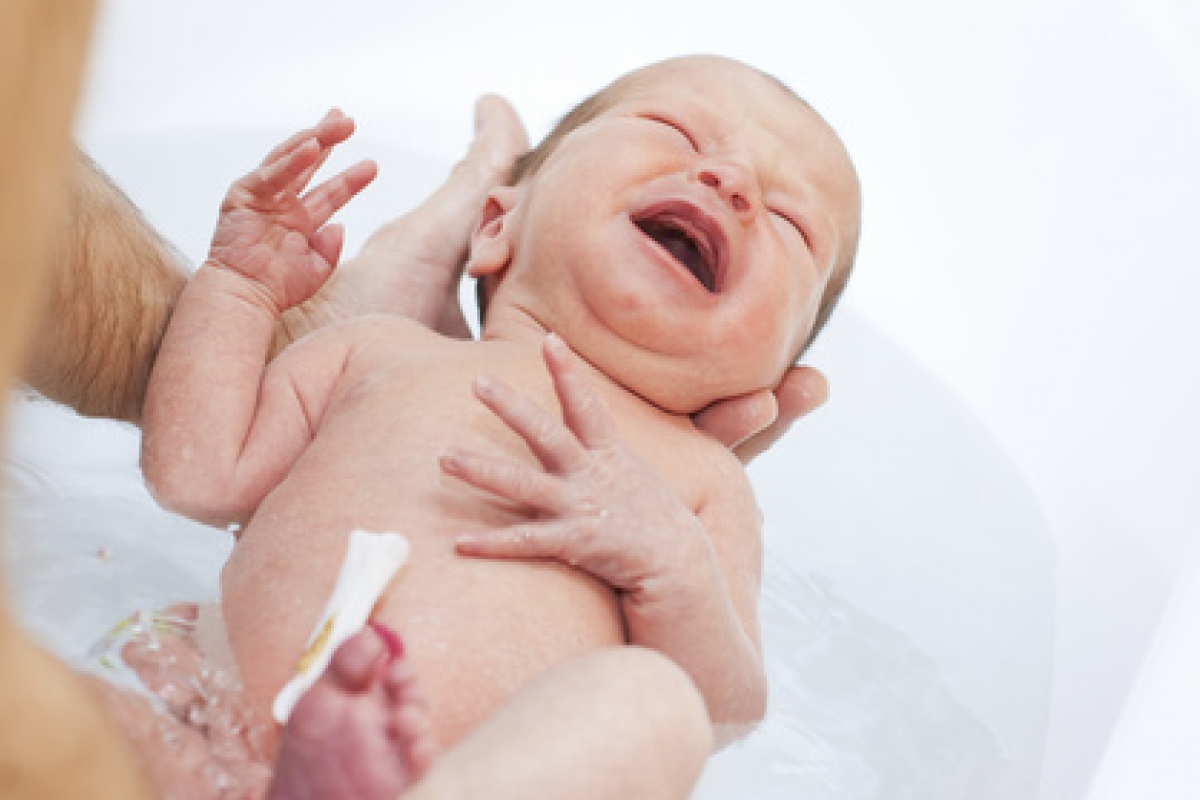
A Long-Ago Lesson in Compassion
Someone I know was arrested last week for drowning her newborn daughter. This is the kind of shocking act you hear from time to time on the news, about some anonymous mother far away. Not news you get by phone from a relative.
I don’t know any of the details. But my imagination won’t stop looping. Having experienced the black abyss of postpartum depression myself, I have infinite sympathy for and empathy with new mothers who are struggling with mental illness. As the World Health Organization points out, “Virtually all women can develop mental disorders during pregnancy and in the first year after delivery, but poverty, migration, extreme stress, exposure to violence (domestic, sexual and gender-based), emergency and conflict situations, natural disasters, and low social support generally increase risks for specific disorders.” I know this mother experienced some of these.
After birth, the report continues, “The risk of suicide is also a consideration, and in psychotic illnesses, the risk of infanticide must also be considered.” But I can only speculate.
What I do know is that, whatever the outcome of the criminal case, her life will never be the same. She ran a home daycare, raised two tween/teen children, celebrated special occasions with her extended family. All of their lives will change.
I also know that she changed a life before, but for the better. I know this because the life she changed was mine, and the thought has haunted me all week.
It was the summer of third grade, and we were at the public pool. A classmate of ours had recently died — along with her sister and mother — in a tragic swimming accident at a nearby lake, and she came over to me to ask if I’d heard. I said I had. She asked if I was sad. I said no. What happened was sad, but I wasn’t sad because I didn’t really know the girl who died. She looked at me as if she were going to cry and then, steeling herself, got angry instead, yelling, “You should be sad! She’s DEAD!” so loudly the kids around us turned to stare. Then she swam away violently, splashing water in my face.
And I realized that she had been close to the girl who died. They were neighbors and friends. I wished I could take back my words. But, more importantly, I understood that everyone who opens their heart can feel the ripples of sadness from the death of a child. I “got” compassion: “Deep awareness of the suffering of another coupled with the wish to relieve it.”
I never mentioned that day at the pool to her. We grew up, went to each others’ slumber parties, wrote in each others’ yearbooks, shared comments about each others’ kids on Facebook. And then this.
I wonder how many people will look upon her with compassion now. Already I have heard her vilified by some, including members of my own family. And I certainly understand that justice must be served.
But mostly I am sad. Sad for her children. Sad for the baby’s father. Sad for her family. Sad for her friends. Sad for the paramedics who responded to the call. Sad for the police and prosecutors who have to investigate. Sad for the parents who dropped their kids off at her daycare every day, and now are hugging those precious children tighter and giving them an extra kiss goodbye.
And especially, above all, I’m sad for that newborn baby who will never get a loving goodbye kiss of her own. So sad it brings me to tears.
Editor's Note: For help with postpartum depression or any type of perinatal mood disorder, a good place to start is Mother to Mother, a St. Louis nonprofit that provides counseling and support via telephone and in groups. They can be found at www.mothertomothersupport.org. Or call 314-644-7001.
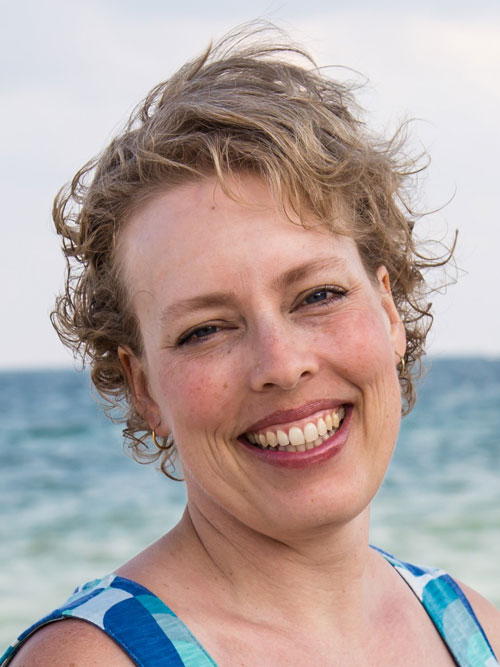
Amy De La Hunt is a journalist and editor who lives in the St. Louis metro area and works across the country as a writer, copy editor, project manager and editorial consultant on everything from fiction books to monthly magazines to blog posts. When she's not chauffeuring her teenage sons to activities, Amy is an enthusiastic amateur cook, landscaper, Latin dancer and traveler. Follow Amy on Instagram @amy_in_words

